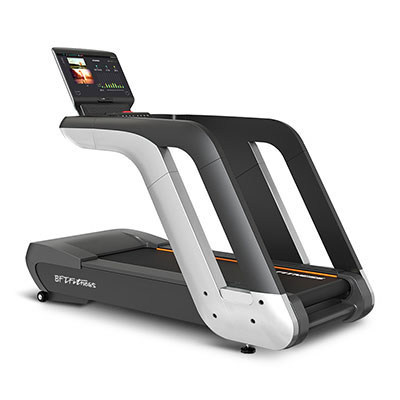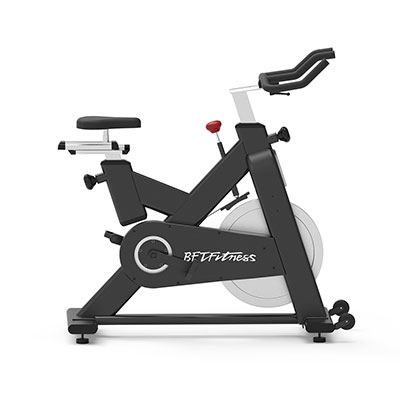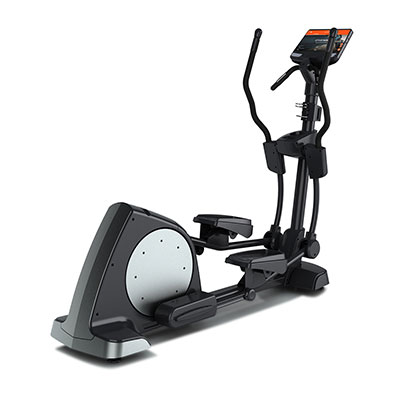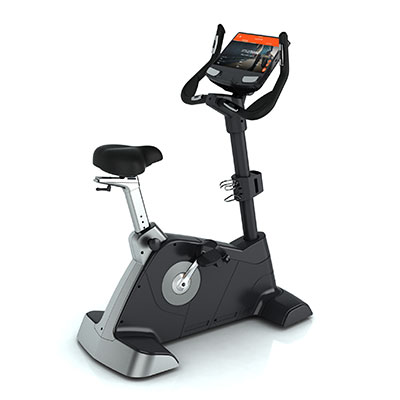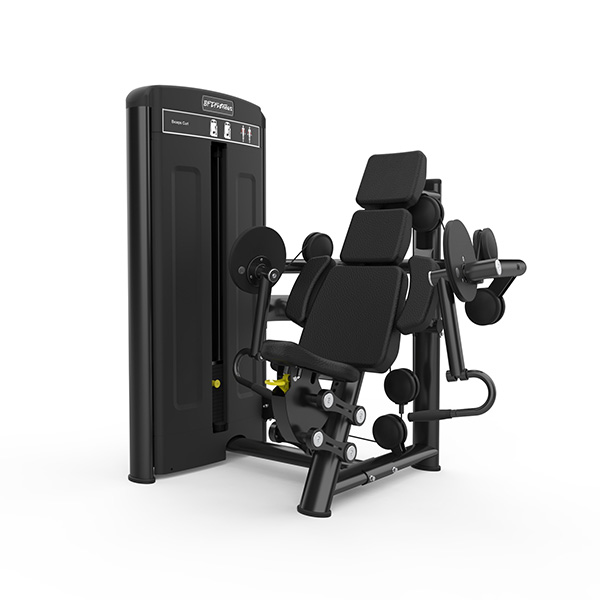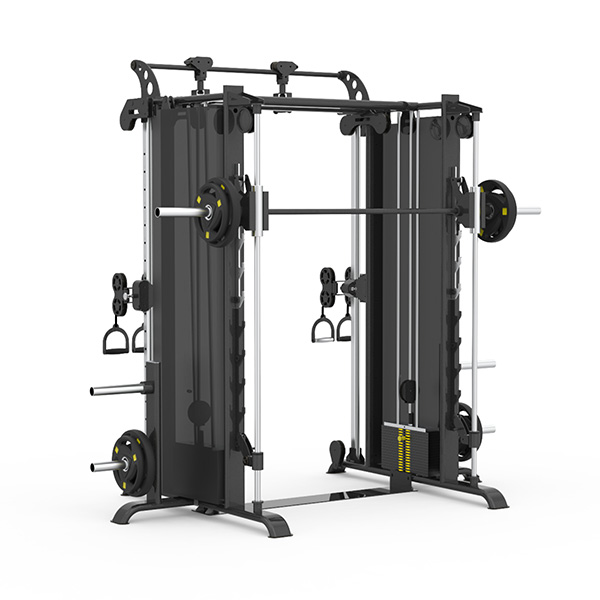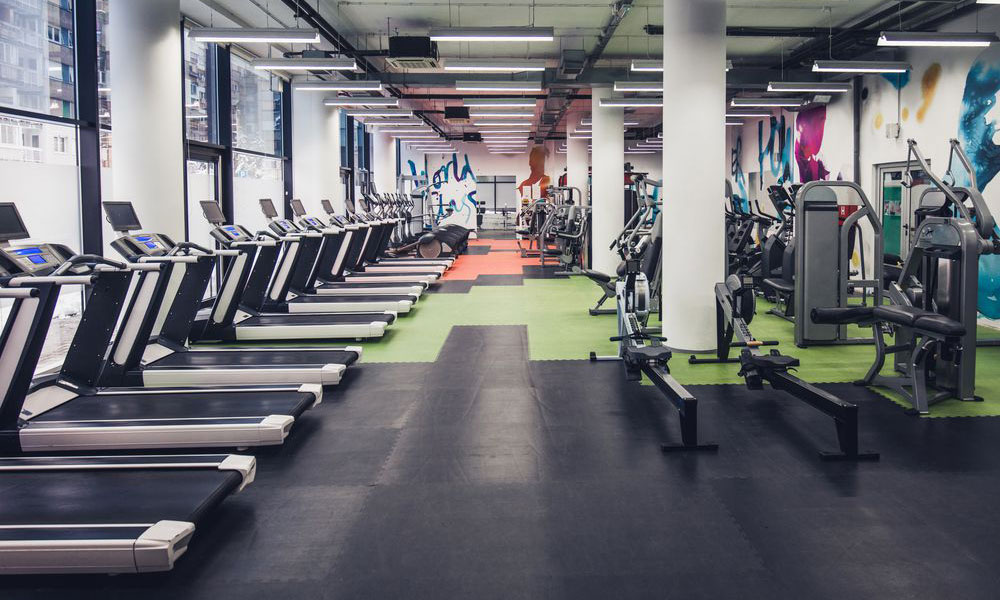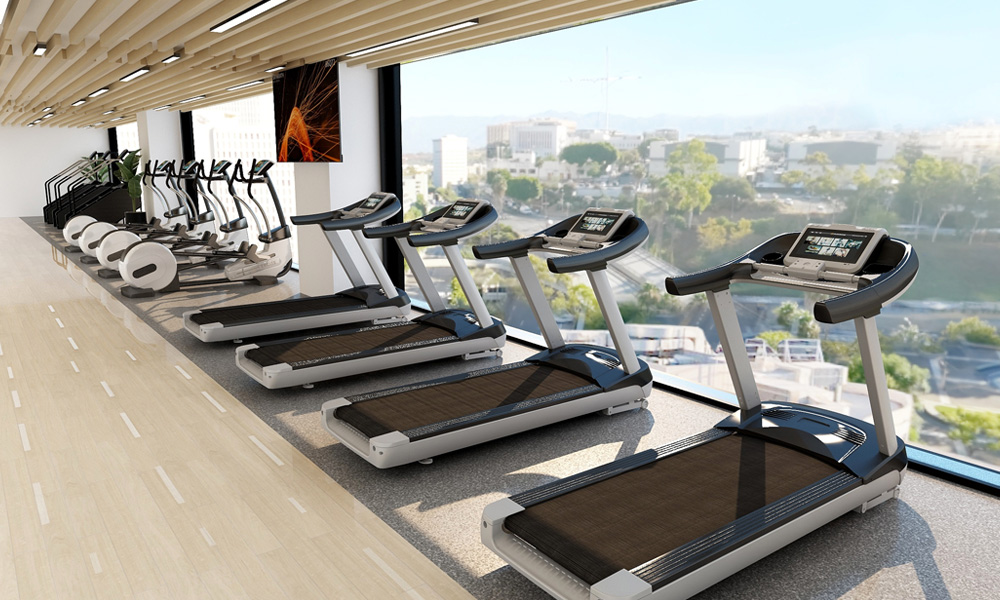How to Choose Fitness Equipment Suitable for Small and Medium-Sized Gyms
Setting up a small or medium-sized gym is all about finding the right balance — between space, budget, and performance. Choosing the right fitness equipment can make or break the user experience and ultimately define the success of your gym. Whether you're opening a boutique studio or upgrading an existing facility, here’s how to make smart equipment choices that deliver real results.
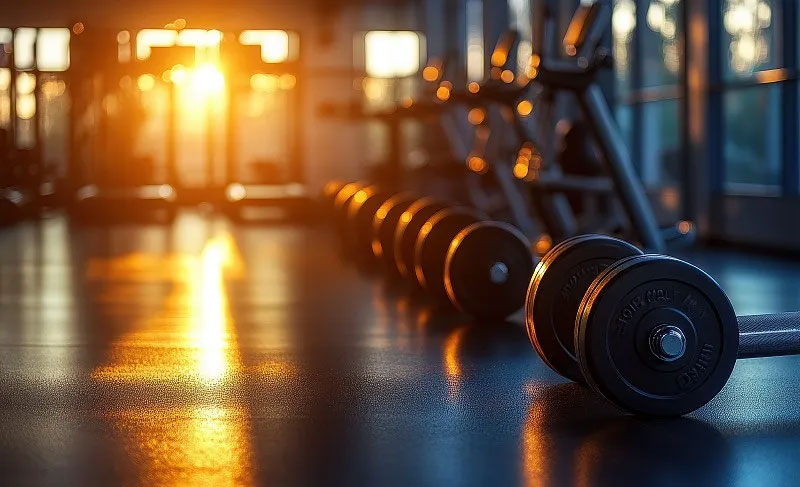
1. Know Your Space
Before purchasing any equipment, measure your floor plan. Consider not just total square footage, but also ceiling height, ventilation, and flow of movement. For smaller gyms, multi-functional machines or compact strength stations can help save space while still offering variety.
Tip: Create separate zones for cardio, strength, and functional training to keep things organized and efficient.
2. Understand Your Members’ Needs
Who will be using the gym? Office workers, young athletes, general fitness enthusiasts? If your users are mostly beginners or time-limited professionals, focus on intuitive, easy-to-use machines. If you expect more advanced users, include free weights, squat racks, and plate-loaded equipment.
3. Invest in Versatile Equipment
Look for machines that offer multiple exercise options in one unit — like cable crossover machines, adjustable benches, or dual-function strength trainers. These maximize functionality without crowding your floor.
Popular picks:
- Smith machines with integrated pull-up bars
- Adjustable dumbbells
- Compact leg press + hack squat combos
4. Balance Between Cardio and Strength
Even in smaller gyms, offering both cardio and strength options is essential. Treadmills, bikes, and rowers are standard, but don’t overfill the space with bulky cardio machines. For strength, include essential tools like dumbbells, kettlebells, resistance bands, and a functional trainer.
5. Think Long-Term Quality
Avoid going for the cheapest options — low-quality equipment wears out faster and increases maintenance costs. Choose commercial-grade machines with solid warranties and reliable after-sales service. Prioritize trusted brands with a track record in the fitness industry.
6. Consider Storage and Mobility
For limited spaces, smart storage solutions can make a huge difference. Use vertical racks for weights, wall-mounted accessories, and foldable benches to keep the area clean and safe. Some equipment now comes with wheels for easy repositioning — ideal for multi-use studios.
Small and medium-sized gyms may have space limitations, but with smart planning and strategic equipment choices, you can deliver a premium workout experience. Focus on functionality, versatility, and durability. The right fitness equipment not only enhances performance — it builds a gym that people want to return to.

